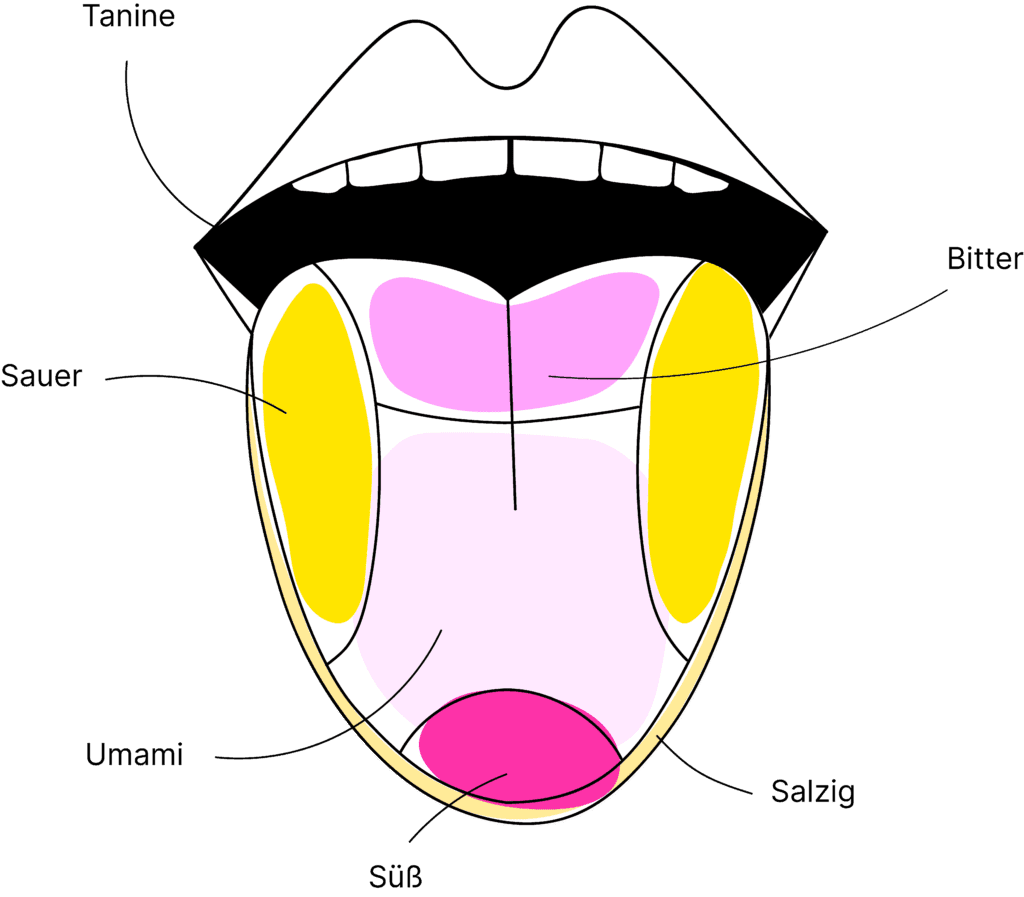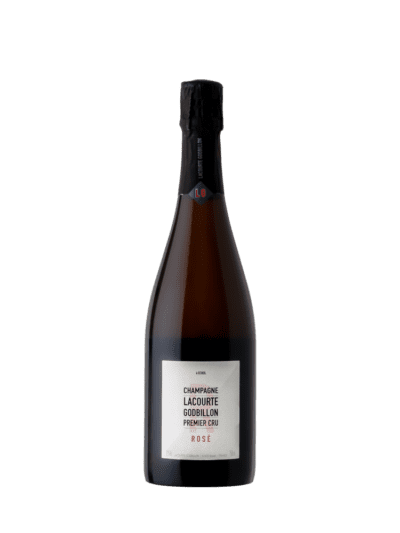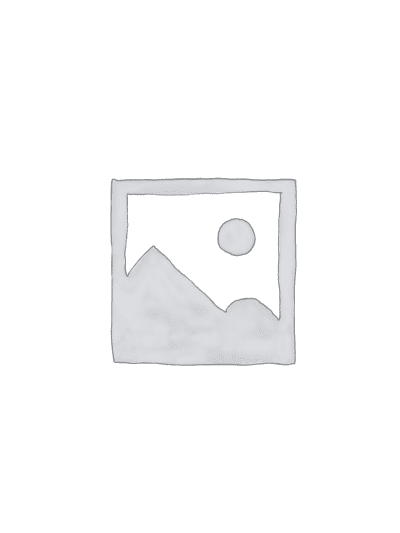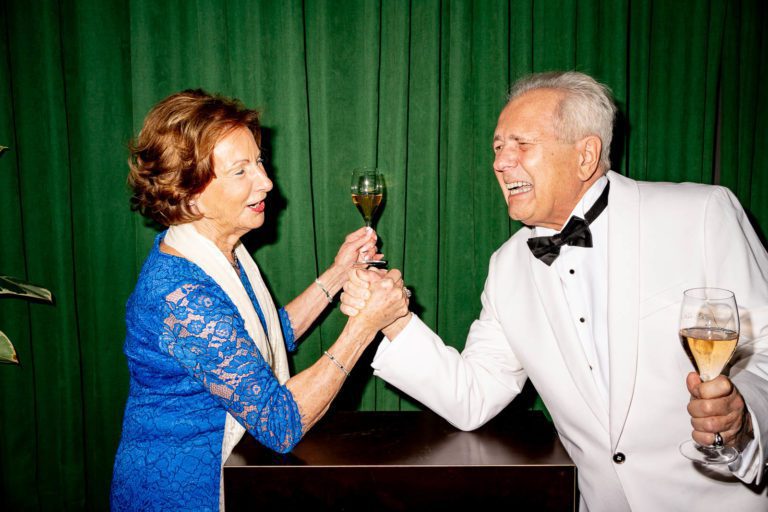
It fizzes, it foams, it tingles! – When Champagne touches our tongues, we experience a pure taste extravaganza every time. This is because the delightful beverage stimulates several taste buds that react differently to various elements. But, putting aside acidity or freshness, how does the taste of Champagne actually come about in our mouths?
In Champagne, these four taste regions are primarily involved:

ACIDITY
On the back sides of our tongue, our taste buds are receptive to acidity. A sour taste is primarily caused by the acidity from the fruits. Especially in Champagne, the acidic flavors are very distinct, as they are not dominated by the sugar from the grapes.
SWEET
We taste sweetness at the tip of our tongue. Even though Champagne primarily has an acidic taste, it still contains sweeteners. Depending on the dosage, Champagnes have different residual sugar levels. For example, Brut Champagnes have less than 12g/l of residual sugar, whereas Champagnes with Zéro Dosage tend to have sugar additions close to 0g/l.
TANNINS
Tannins are plant-based astringents and are primarily perceived on the palate. They can taste bitter and give a sensation of the mouth drying out. The degree of the “astringent” effect depends on the properties of the juice, the skins, and seeds of the grapes.
UMAMI
The Japanese term “umami” means “delicious and savory”, and its taste is caused by the glutamate found in natural foods. In Champagne, due to the bottle fermentation with yeast, a trace of glutamate can be detected. As a result, flavors such as brioche, butter, and yeast notes, which characterize purity and fullness, can be perceived.
Taste buds sensitive to salty and bitter tastes are less in demand when enjoying Champagne.
OUR CHAMPAGNE RECOMMENDATION
-
 LACOURTE-GODBILLON ROSÉ PREMIER CRU BRUTFrom: €60,50Includes 19% VAT(€80,67 / 1 L)plus shipping
LACOURTE-GODBILLON ROSÉ PREMIER CRU BRUTFrom: €60,50Includes 19% VAT(€80,67 / 1 L)plus shipping -
 Tarlant Rosé Brut€45,50Includes 19% VAT(€60,67 / 1 L)plus shipping
Tarlant Rosé Brut€45,50Includes 19% VAT(€60,67 / 1 L)plus shipping -
 De Sousa Brut TraditionFrom: €48,50Includes 19% VAT(€64,67 / 1 L)plus shipping
De Sousa Brut TraditionFrom: €48,50Includes 19% VAT(€64,67 / 1 L)plus shipping


